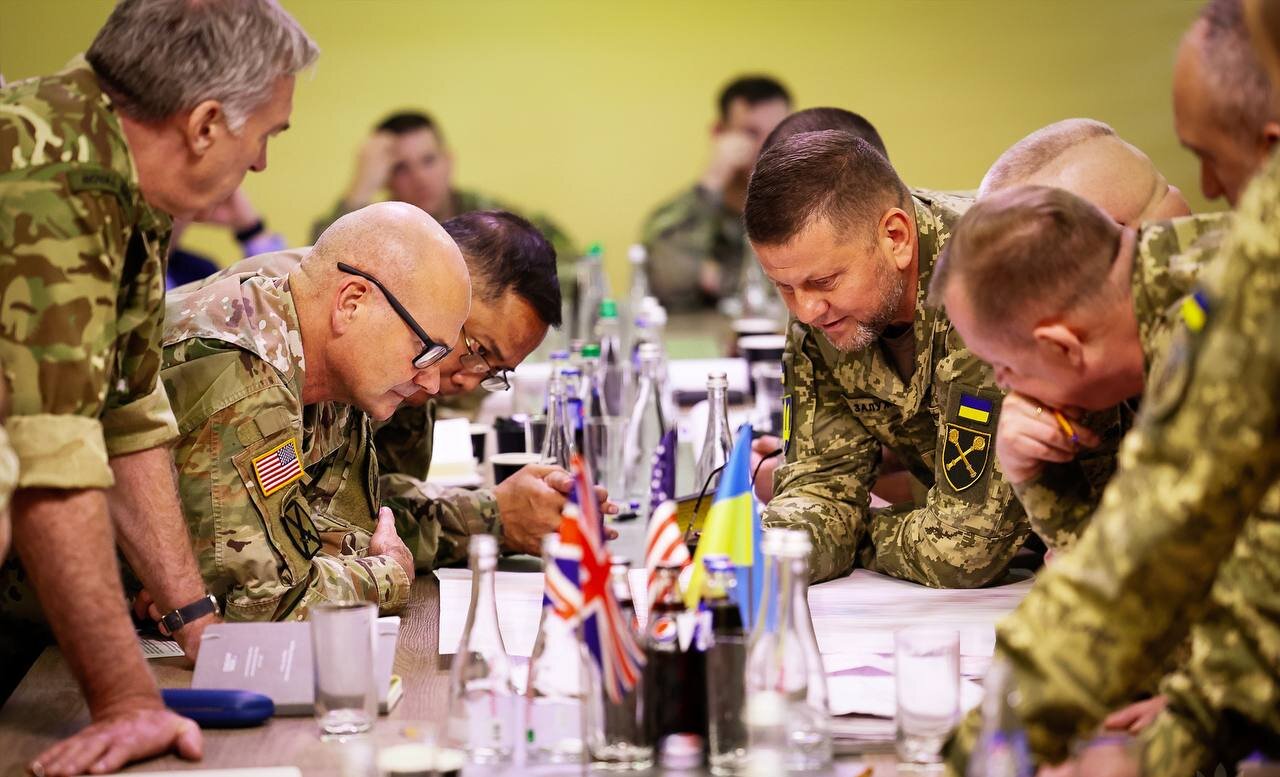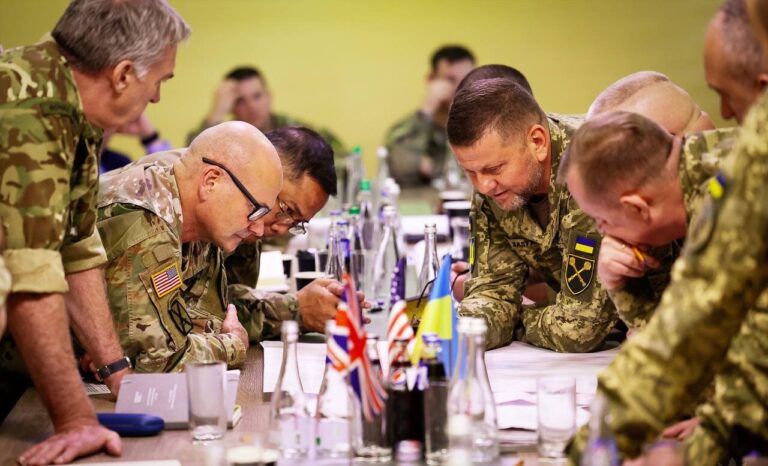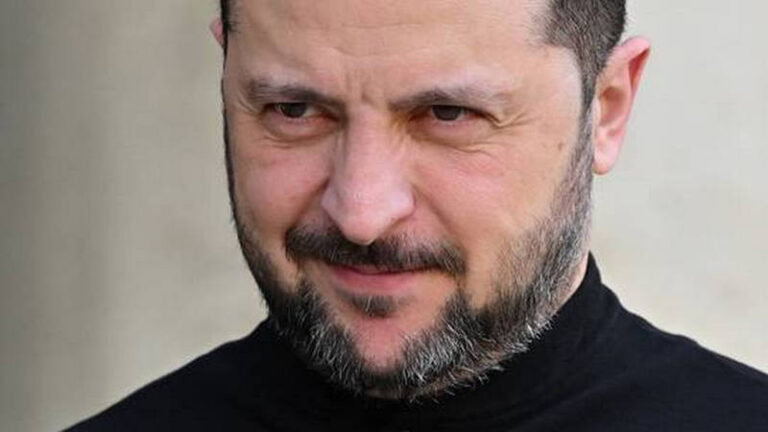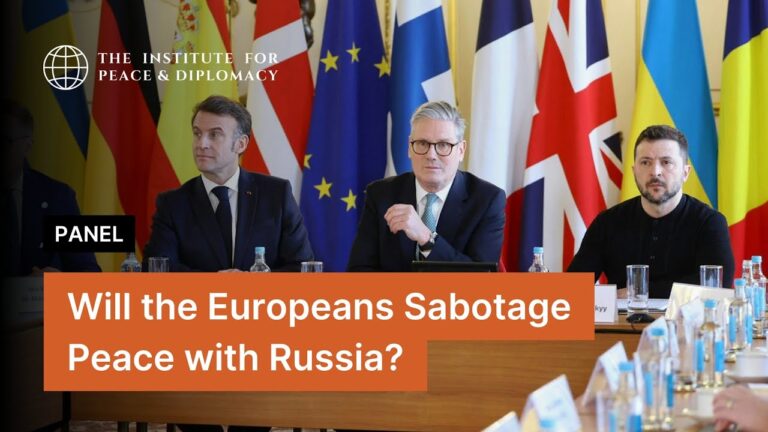Adam Entous of the New York Times just published a lengthy article that pretends to tell the true history of the war in Ukraine. I can summarize the massive story in one sentence -- Ukraine would have destroyed the weak, incompetent Russians if only the Ukrainian generals had followed the guidance from the US military. If you're looking for a signal that the war in Ukraine is on its last legs, this article is it. This is a ridiculous attempt to burnish the image of the Pentagon and US European Command as strategic and tactical geniuses who could have beaten the Russians if only those damn Ukrainians had followed their advice.
The article opens with an admission — this should be no surprise to Russia — that the US was actively and heavily involved in equipping Ukraine with weapons, intelligence and plans to attack and kill Russians:
On a spring morning two months after Vladimir Putin’s invading armies marched into Ukraine, a convoy of unmarked cars slid up to a Kyiv street corner and collected two middle-aged men in civilian clothes. . . . The passengers were top Ukrainian generals. Their destination was Clay Kaserne, the headquarters of U.S. Army Europe and Africa in Wiesbaden, Germany. Their mission was to help forge what would become one of the most closely guarded secrets of the war in Ukraine. . . . Its evolution and inner workings visible to only a small circle of American and allied officials, that partnership of intelligence, strategy, planning and technology would become the secret weapon in what the Biden administration framed as its effort to both rescue Ukraine and protect the threatened post-World War II order.
Entous appears to have another objective in mind with his article — blame Trump.
Today that order — along with Ukraine’s defense of its land — teeters on a knife edge, as President Trump seeks rapprochement with Mr. Putin and vows to bring the war to a close. . . . Now, with negotiations beginning, the American president has baselessly blamed the Ukrainians for starting the war, pressured them to forfeit much of their mineral wealth and asked the Ukrainians to agree to a cease-fire without a promise of concrete American security guarantees — a peace with no certainty of continued peace.
Entous also makes sure to give the United States credit for any and all successes, whether real or not, while blaming Generals Zaluzhnyi and Syrsky for the failures. “Ain’t our fault the Ukrainians fucked this up,” is the implied lament that permeates the article. We, the US, were the backbone don’t cha know:
But a New York Times investigation reveals that America was woven into the war far more intimately and broadly than previously understood. At critical moments, the partnership was the backbone of Ukrainian military operations that, by U.S. counts, have killed or wounded more than 700,000 Russian soldiers. (Ukraine has put its casualty toll at 435,000.) Side by side in Wiesbaden’s mission command center, American and Ukrainian officers planned Kyiv’s counteroffensives. A vast American intelligence-collection effort both guided big-picture battle strategy and funneled precise targeting information down to Ukrainian soldiers in the field.
In the following passage, you have another example of the blame game as well as the specious claim that Russia was suffering incomprehensible losses, only to be saved by fractious politics in Kiev:
As the Ukrainians won greater autonomy in the partnership, they increasingly kept their intentions secret. They were perennially angered that the Americans couldn’t, or wouldn’t, give them all of the weapons and other equipment they wanted. The Americans, in turn, were angered by what they saw as the Ukrainians’ unreasonable demands, and by their reluctance to take politically risky steps to bolster their vastly outnumbered forces.
On a tactical level, the partnership yielded triumph upon triumph. Yet at arguably the pivotal moment of the war — in mid-2023, as the Ukrainians mounted a counteroffensive to build victorious momentum after the first year’s successes — the strategy devised in Wiesbaden fell victim to the fractious internal politics of Ukraine: The president, Volodymyr Zelensky, versus his military chief (and potential electoral rival), and the military chief versus his headstrong subordinate commander. When Mr. Zelensky sided with the subordinate, the Ukrainians poured vast complements of men and resources into a finally futile campaign to recapture the devastated city of Bakhmut. Within months, the entire counteroffensive ended in stillborn failure.
The Entous article, taken as a whole, celebrates the Ukrainian illusory victories while ignoring the facts about Russia’s actual military conquests. Not one word about Russia’s taking of Mariupol early in the war. Not one word about the small size of Russia’s initial force in February 2022, which was dwarfed by Ukraine. Not one word about Russia’s rejuvenated defense industry cranking out artillery, artillery shells, tanks, armored vehicles and drones. Nope. Russia is just a weak nation that Ukraine had on the ropes, and Ukraine failed to administer the coup de grace advocated by the same US military leaders who were driven out of Afghanistan.
While Entous admits that Biden and his team repeatedly crossed lines they had previously refused to penetrate, he fails to explain that Russian successes on the battlefield were the primary reason for Biden’s desperate moves.
Time and again, the Biden administration authorized clandestine operations it had previously prohibited. American military advisers were dispatched to Kyiv and later allowed to travel closer to the fighting. Military and C.I.A. officers in Wiesbaden helped plan and support a campaign of Ukrainian strikes in Russian-annexed Crimea. Finally, the military and then the C.I.A. received the green light to enable pinpoint strikes deep inside Russia itself.
Entous also falsely reports the reason for Russia’s withdrawal of forces from Kiev in March of 2022. He insists the Ukrainians had fought Russia to a standstill. Yet, we now know, that Putin ordered the withdrawal of forces as a sign of good faith as part of the Istanbul peace negotiations, which were subsequently sabotaged by the United States and our blond-haired bitch, Boris Johnson.
In March (2022), their assault on Kyiv stalling, the Russians reoriented their ambitions, and their war plan, surging additional forces east and south — a logistical feat the Americans thought would take months. It took two and a half weeks.
By the summer of 2022, the United States military started playing word games. Even though USEUCOM was providing Ukraine with targeting intel that was used to hit Russian targets, the US military leaders opted to employ euphemisms.
Inside the U.S. European Command, this process gave rise to a fine but fraught linguistic debate: Given the delicacy of the mission, was it unduly provocative to call targets “targets”?
Some officers thought “targets” was appropriate. Others called them “intel tippers,” because the Russians were often moving and the information would need verification on the ground.
The debate was settled by Maj. Gen. Timothy D. Brown, European Command’s intelligence chief: The locations of Russian forces would be “points of interest.” Intelligence on airborne threats would be “tracks of interest.”
Entous’ article, after a long introduction, discusses Ukraine’s war in four separate sections. In Part 3 —The Best-Laid Plans — Entous recounts Ukraine’s failed counteroffensive in June of 2023, without calling it a failure. He tries to claim it as a lopsided victory, at least in Bakhmut, because Russia allegedly suffered more casualties than Ukraine, even though Russia enjoyed a decisive advantage in artillery and drones. At no point does Entous blame the US generals, who Entous claims planned the counteroffensive, for authorizing a plan that did not provide attacking Ukrainian troops with air cover.
Though counts vary wildly, there is little question that the Russians’ casualties — in the tens of thousands — far outstripped the Ukrainians’. Yet General Syrsky never did recapture Bakhmut, never did advance toward Luhansk. And while the Russians rebuilt their brigades and soldiered on in the east, the Ukrainians had no such easy source of recruits. (Mr. Prigozhin pulled his rebels back before reaching Moscow; two months later, he died in a plane crash that American intelligence believed had the hallmarks of a Kremlin-sponsored assassination.)
Entous, in the closing paragraphs of Part 3, grudgingly admits the counteroffensive was a clusterfuck, but refuses to assign any blame to the incredible US military leaders.
But to another senior Ukrainian official, “The real reason why we were not successful was because an improper number of forces were assigned to execute the plan.”
Either way, for the partners, the counteroffensive’s devastating outcome left bruised feelings on both sides. “The important relationships were maintained,” said Ms. Wallander, the Pentagon official. “But it was no longer the inspired and trusting brotherhood of 2022 and early 2023.”
You really should try to read the entire piece (I’ve linked to it above), but wear your hip waders, you’ll be walking through a massive pile of Male Bovine Excrement, aka BS.





